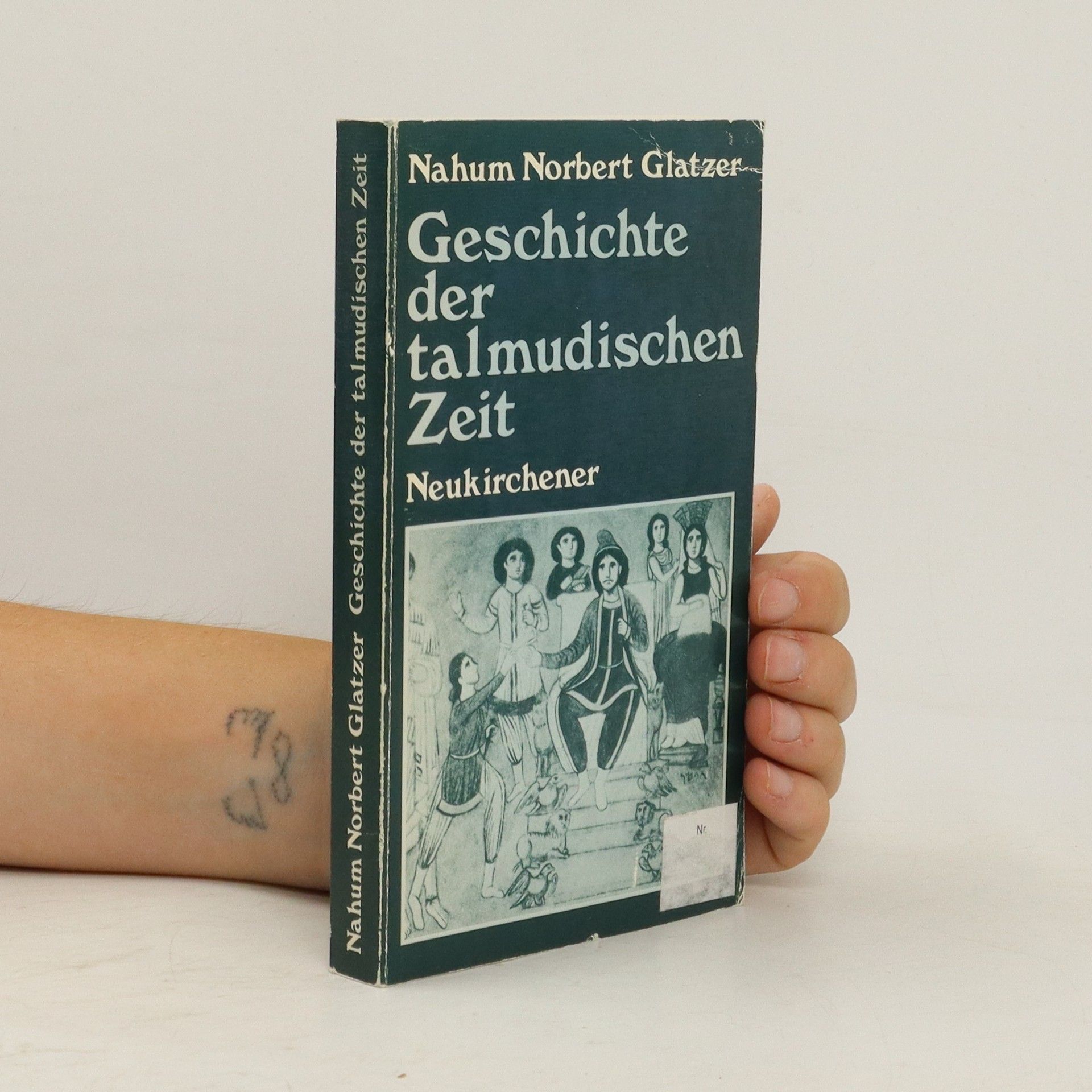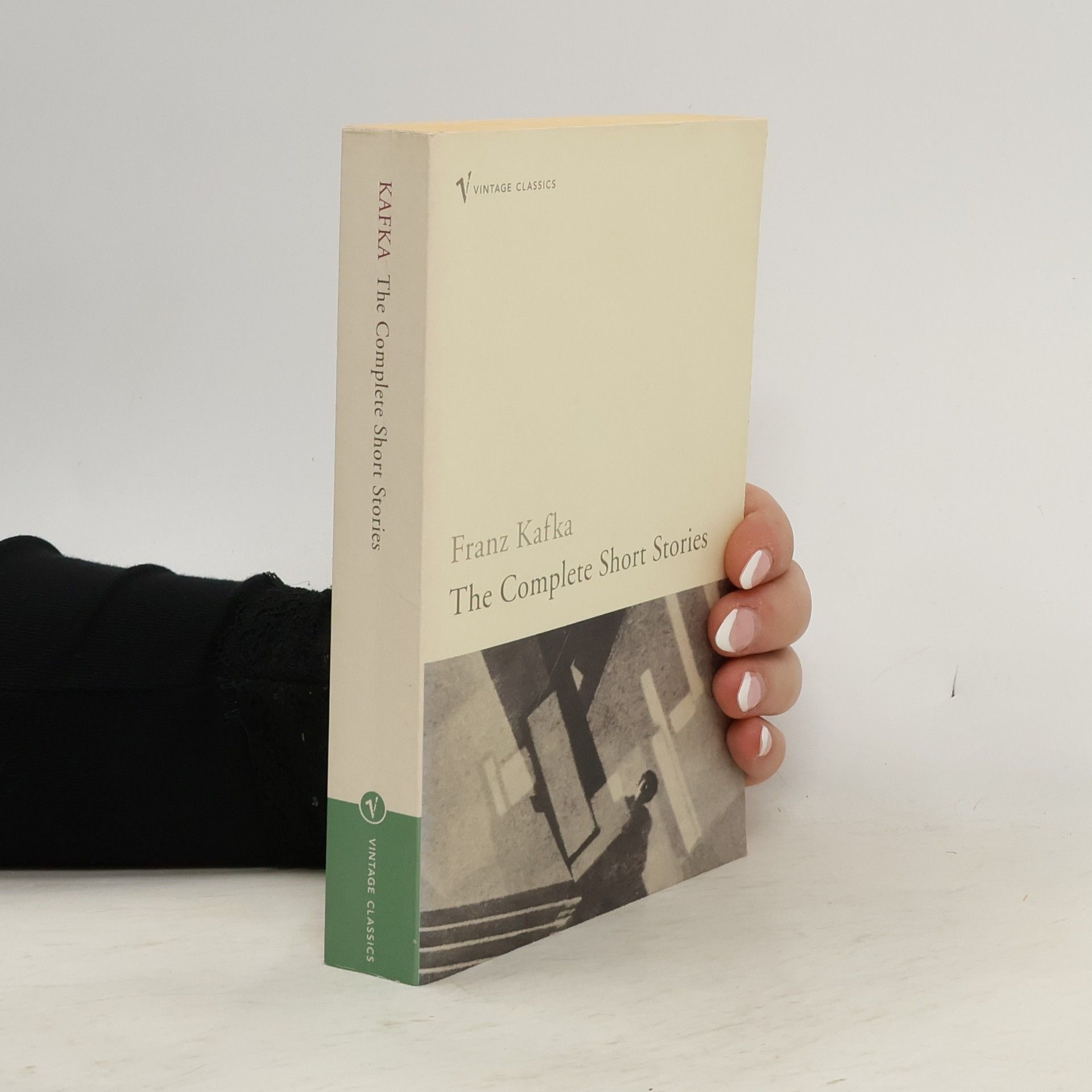A history of the jewish people in the time of Jesus
- 428 stránok
- 15 hodin čítania
Critical presentation of the whole evidence concerning Jewish history, institutions, and literature from 175 BC to AD 135; with updated bibliographies.
Nahum Norbert Glatzer bol židovský literárny vedec, teológ a redaktor, známy svojimi štúdiami židovskej literatúry a myslenia. Jeho redaktorská práca zahŕňala vedenie časopisu Judaism a dohľad nad anglickými prekladmi diel Franza Kafku. Venoval sa tiež životu a dielu Franza Rosenzweiga a zostavoval vplyvné antológie židovských prameňov. Jeho práca sa vyznačuje hlbokým porozumením židovskej tradície a jej miesta v modernom svete.






Critical presentation of the whole evidence concerning Jewish history, institutions, and literature from 175 BC to AD 135; with updated bibliographies.
This volume contains all of Kafka's shorter fiction, from fragments, parables and sketches to longer tales. Together they reveal the breadth of Kafka's literary vision and the extraordinary imaginative depth of his thought. Some are well-known, others are mere jottings, observations of daily life, given artistic form through Kafka's unique perception of the world.
This collection of 78 memoir entries, written as a document for his family, offers personal glimpses of Nahum Glatzer (1903-1990) -- prolific scholar, Brandeis University professor, and editor of the Schocken publishing house. This text is divided into three sections, focusing on a wide range of his experiences. Anecdotal and often times humorous accounts of the many outstanding personalities Glatzer knew and interacted with (including two of the leading German-Jewish thinkers of the twentieth century Martin Buber and Franz Rosenweig) are included. Glatzer's travels from Bodenbach to Boston and from strict orthodoxy to more historical, cultural, and aesthetic understanding of Judaism reveal a sensitivity to his surroundings as well as his inner self. The final section presents a variety of Glatzer's experiences and expressions of faith, both personal and social. The events themselves become moments of religious psychology or theological insight.